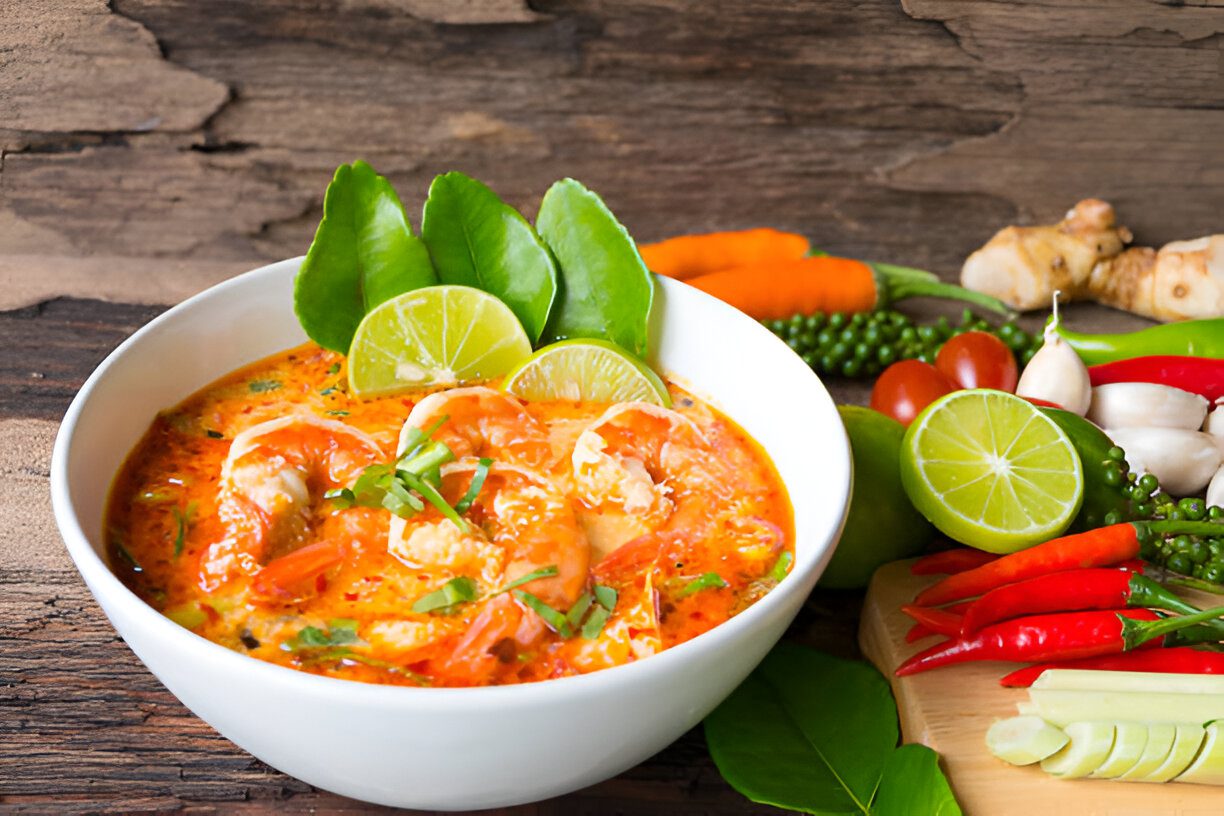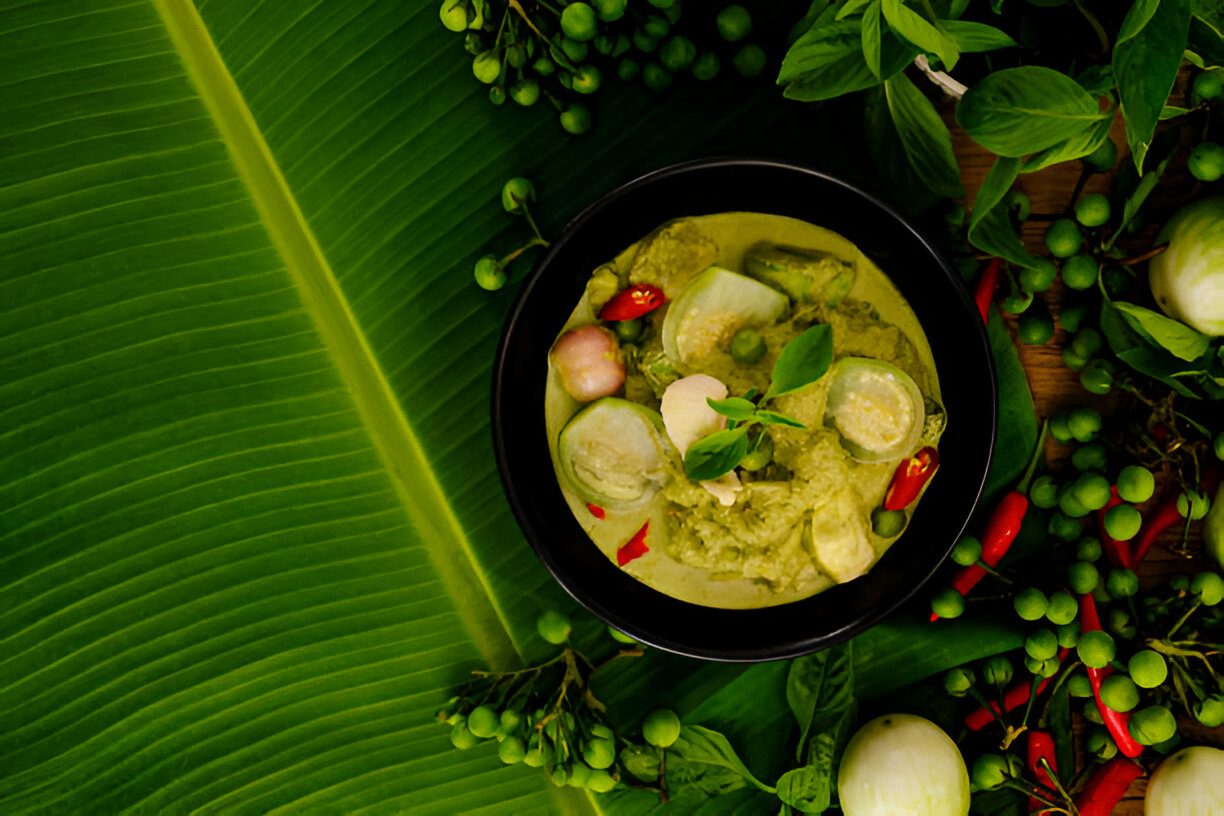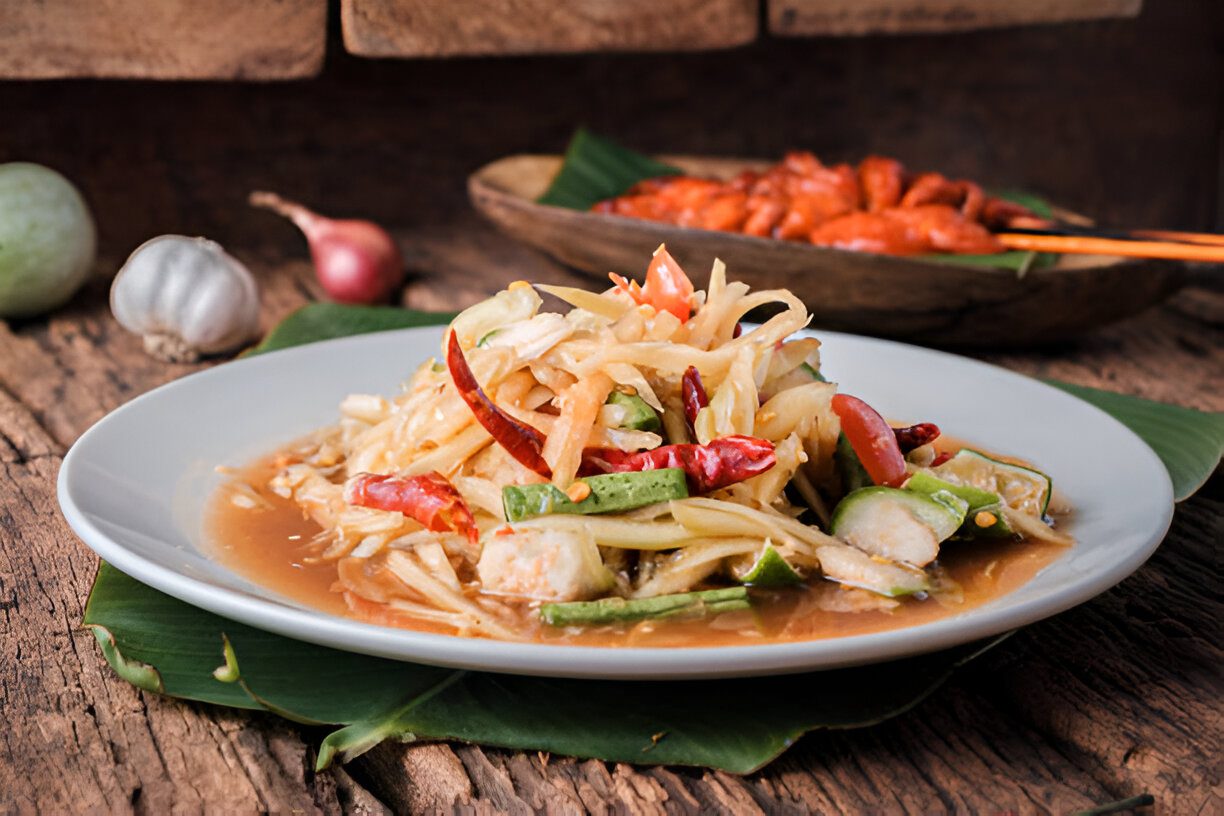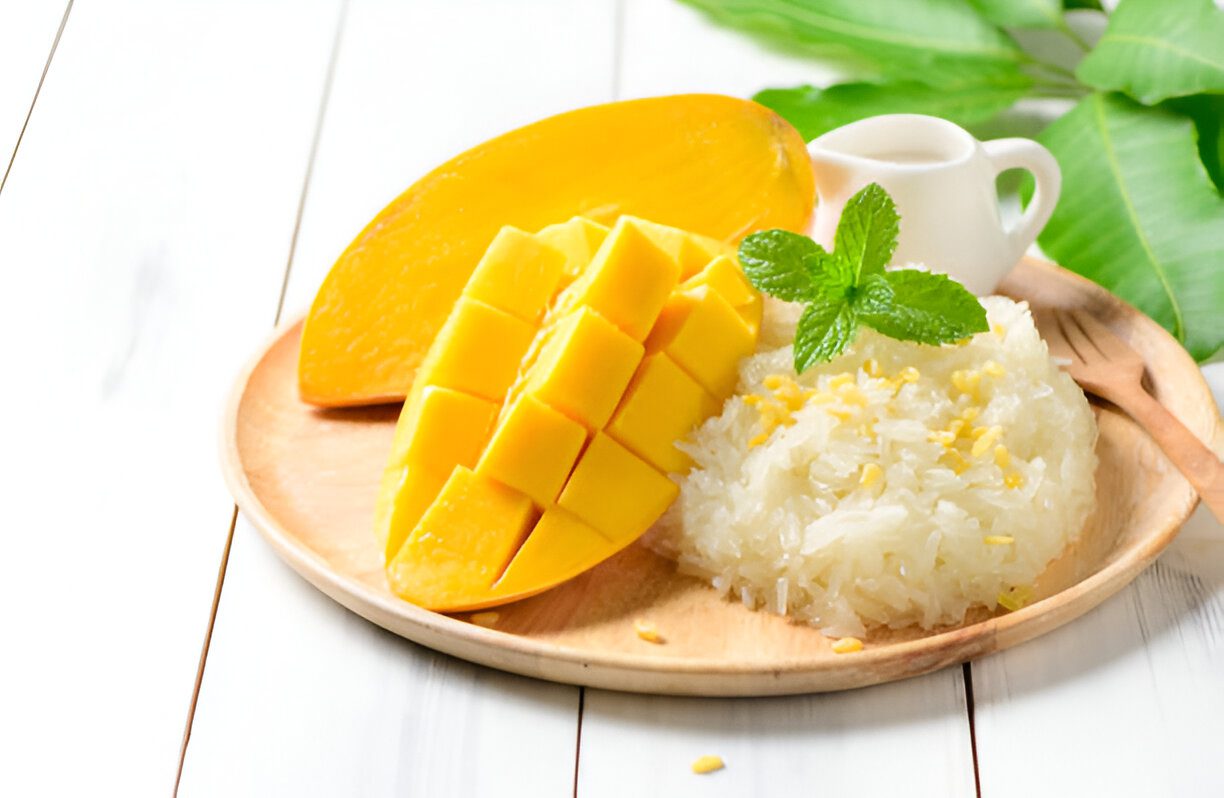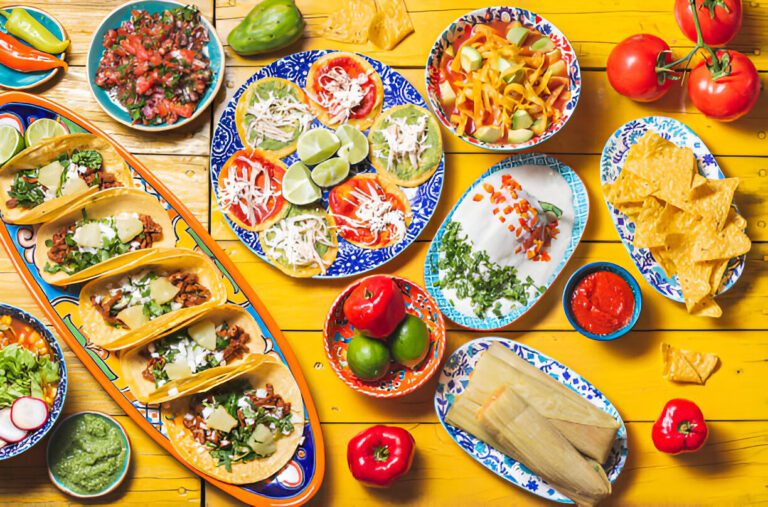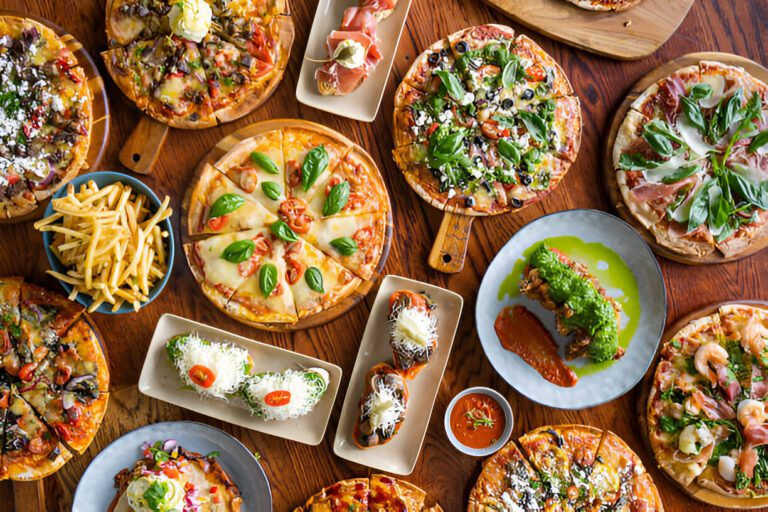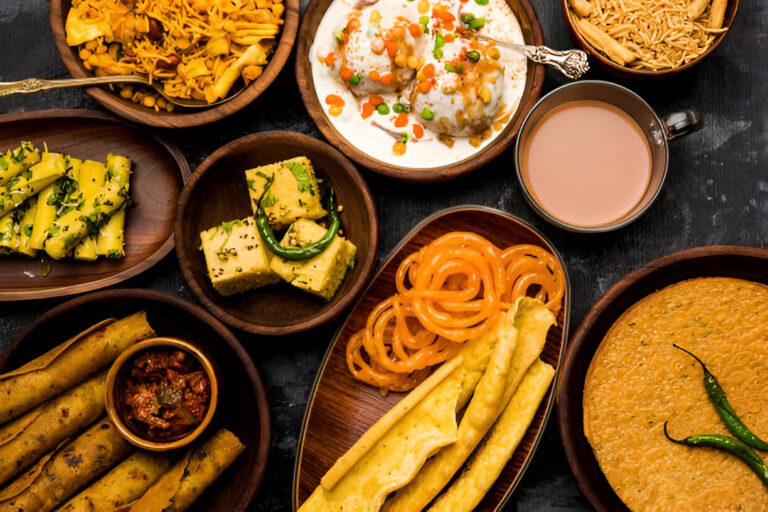Thai cuisine is a celebration of balance, a dynamic dance between sweet, sour, salty, bitter and spicy. Emerging from the rice paddies, river deltas, and bustling street markets of Thailand, this cuisine is as much about harmony as it is about contrast. From fiery curries to fragrant soups, Thai food offers both comfort and adventure in every bite. Whether it’s the punch of bird’s eye chillies, the zing of lemongrass, or the silkiness of coconut milk, every dish is a carefully constructed flavour profile of vivid, vibrant, and unforgettable.
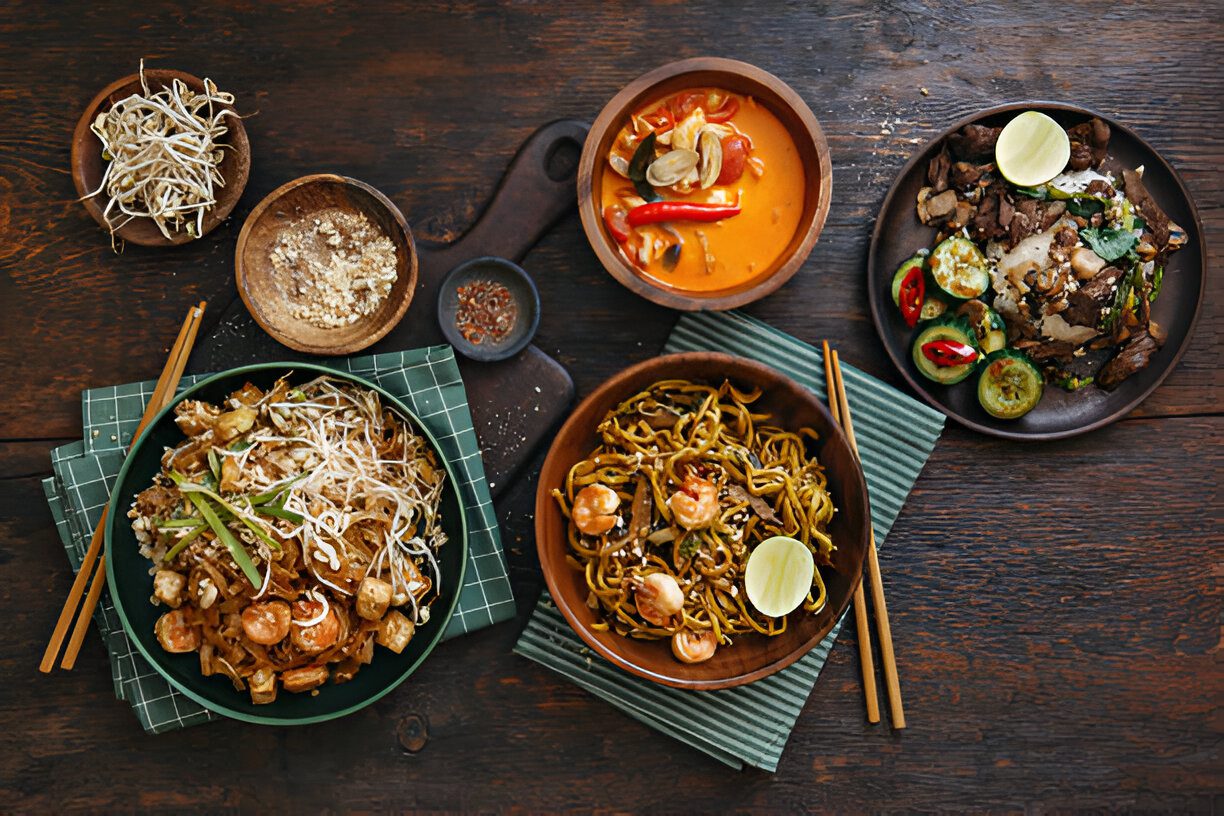
Rooted in centuries of history and trade, Thai cuisine blends native Southeast Asian ingredients with influences from India, China, and beyond. Staples include rice (especially jasmine and sticky rice), coconut milk, fish sauce, palm sugar, herbs like Thai basil and coriander, and a bold array of fresh aromatics: galangal, kaffir lime leaves, lemongrass, garlic, and chillies.
Each region tells its own culinary story. Northern Thailand leans on sticky rice, herbs, and grilled meats; Isan (Northeast) is known for punchy salads and fermented flavours; the Central region balances everything elegantly, while the South brings fire and richness with coconut-heavy dishes and bold spice pastes.
Meals are communal and layered with a curry, a salad, a soup, some fried items, and a dipping sauce, always eaten with rice and always shared. Food isn’t just for sustenance; it’s a social ritual, an artistic expression, and a way to bring people together.
Thai cuisine is a masterclass in harmony, a delicate juggle of contrasts that somehow always lands perfectly on the tongue. Whether it’s the sharp slap of a green papaya salad, the creaminess of a coconut curry, or the sweet simplicity of mango sticky rice, Thai food urges us to listen to flavour, to balance, and to the joy of communal dining. It’s a cuisine that feeds both body and spirit, one deliciously layered dish at a time.

